Planet Labs and other companies are sending hundreds of low-cost satellites into orbit. We’re only beginning to understand how that will change life on Earth.
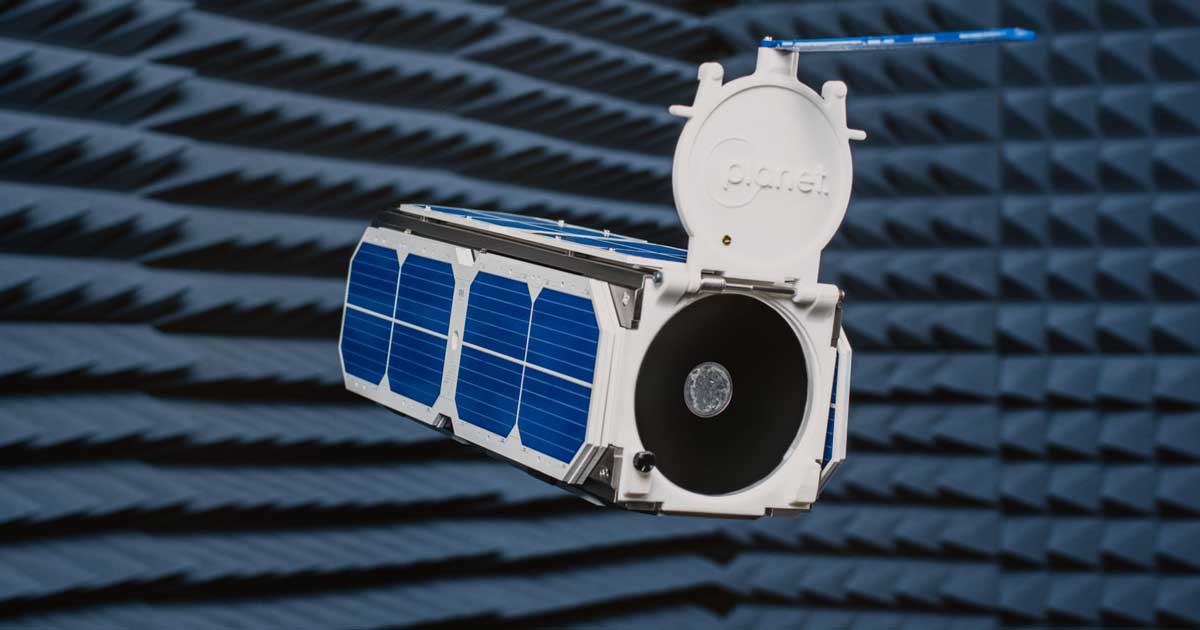

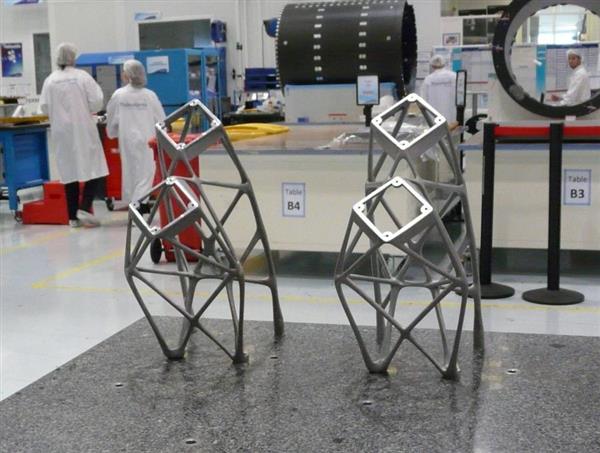
Thales Alenia Space has seen massive savings in time and cost for the manufacturing of its products thanks to 3D printing, said Florent Lebrun, who heads space antenna development at the company. With this new manufacturing process, not only can Thales cut production lead time for certain components from months to weeks, it can save up to 50 percent on expenditure per part, he said.
Thales began experimenting with 3D printing, or additive manufacturing, in 2013, when it produced its first few demonstrator products. In 2015, it implemented a 3D-printed part for the first time on a telecommunications satellite — an antenna horn mounting strut for TurkmenAlem52E/MonacoSat. The company also produced eight titanium antenna fittings for Arabsat 6B that year, Lebrun said.
Now, two years later, after the launch of SGDC 1, Telkom 3S and Koreasat 7, Thales has orbited around 80 3D-printed parts, with more than 120 additional parts produced this year for future applications.

Derelict satellites could in future be grappled and removed from key orbits around Earth with a space tug using magnetic forces.
This same magnetic attraction or repulsion is also being considered as a safe method for multiple satellites to maintain close formations in space.
Such satellite swarms are being considered for future astronomy or Earth-observing missions – if their relative positions can stay stable they could act as a single giant telescope.
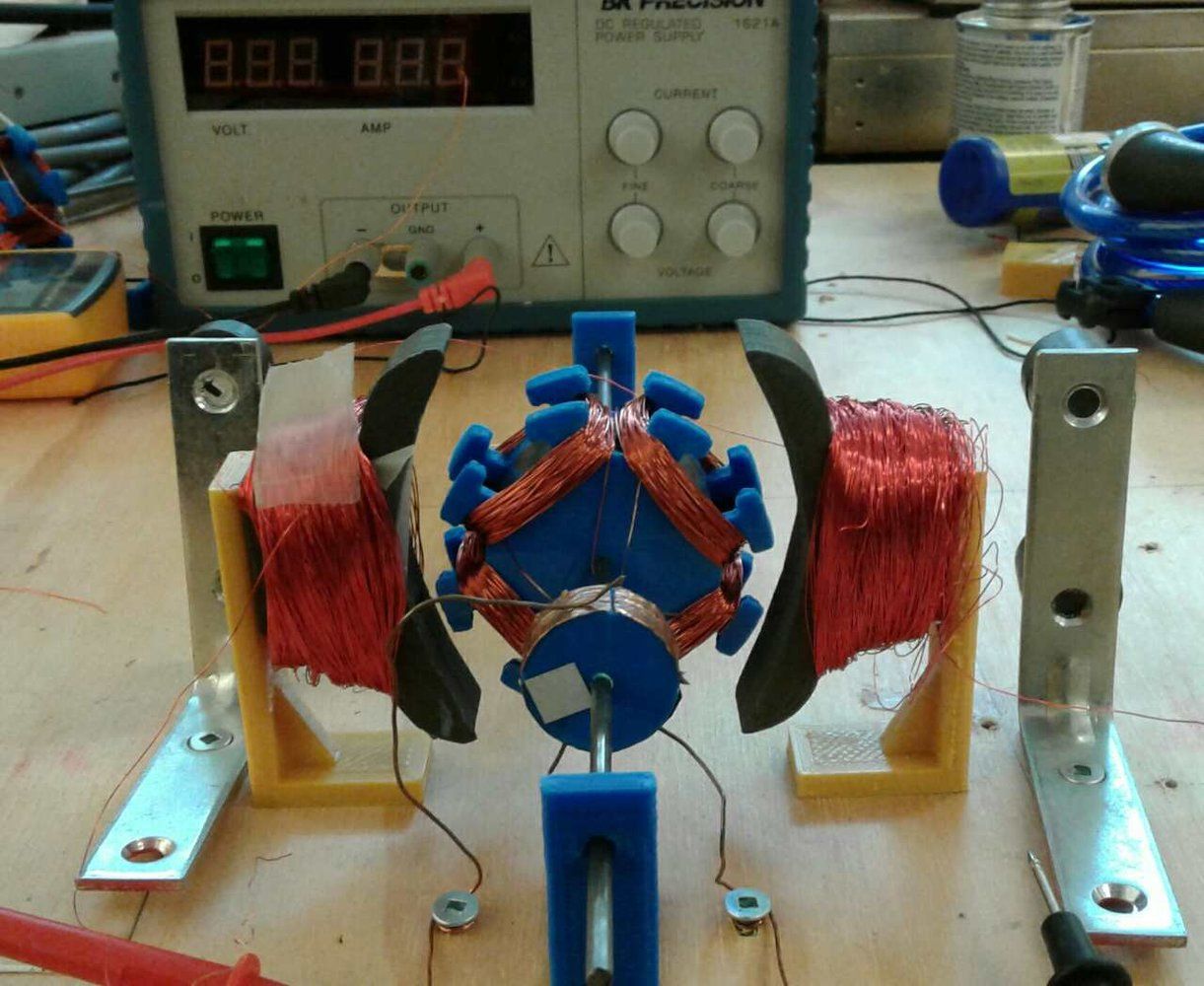
A 3D printer that could re-create itself from lunar material is in development at a university in Canada.
The technology could one day enable humans to 3D-print lunar bases, as well as conduct in-space manufacturing of satellites and solar shields on the moon that could help fight global warming, according to Alex Ellery, an associate professor in the Department of Mechanical and Aerospace Engineering at Carleton University in Ottawa, who is leading the project.
“I believe that self-replicating machines will be transformative for space exploration because it effectively bypasses launch costs,” Ellery told Space.com. [How Moon Bases and Lunar Colonies Work (Infographic)].
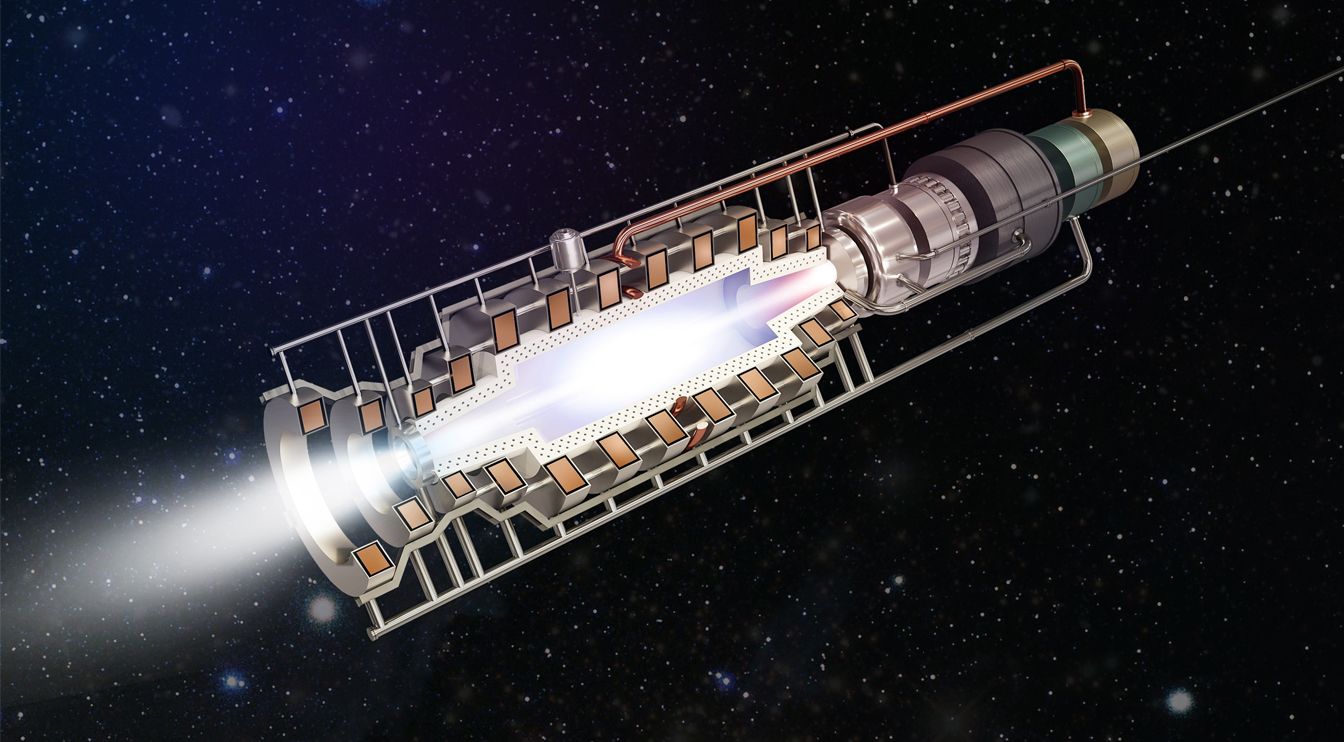
Nuclear fusion is the process that powers the sun, but closer to home scientists are trying to develop fusion reactors that could provide immense amounts of energy. These reactors are big and (currently) inefficient, but a NASA-funded startup called Princeton Satellite Systems is working on a small-scale fusion reactor that could power advanced fusion rockets. Suddenly, other planets and even other star systems could be in reach.
All the forms of rocket propulsion we currently have involve accelerating propellant out of a nozzle. Then, physics takes over and the vessel moves in the opposite direction. Most spacecraft use chemical propulsion, which provides a large amount of thrust over a relatively short period of time. Some missions have been equipped with ion drives, which use electrical currents to accelerate propellant. These engines are very efficient, but they have low thrust and require a lot of power. A fusion rocket might offer the best mix of capabilities.
Current nuclear reactors use fission to generate energy; large atomic nuclei are broken apart and some of that mass is transformed into energy. Fusion is the opposite. Small atomic nuclei are fused together, causing some mass to be converted into energy. This is what powers stars, but we’ve had trouble producing the necessary temperatures and pressure on Earth to get net positive energy generation.
This new space plane can launch three satellites at a time.
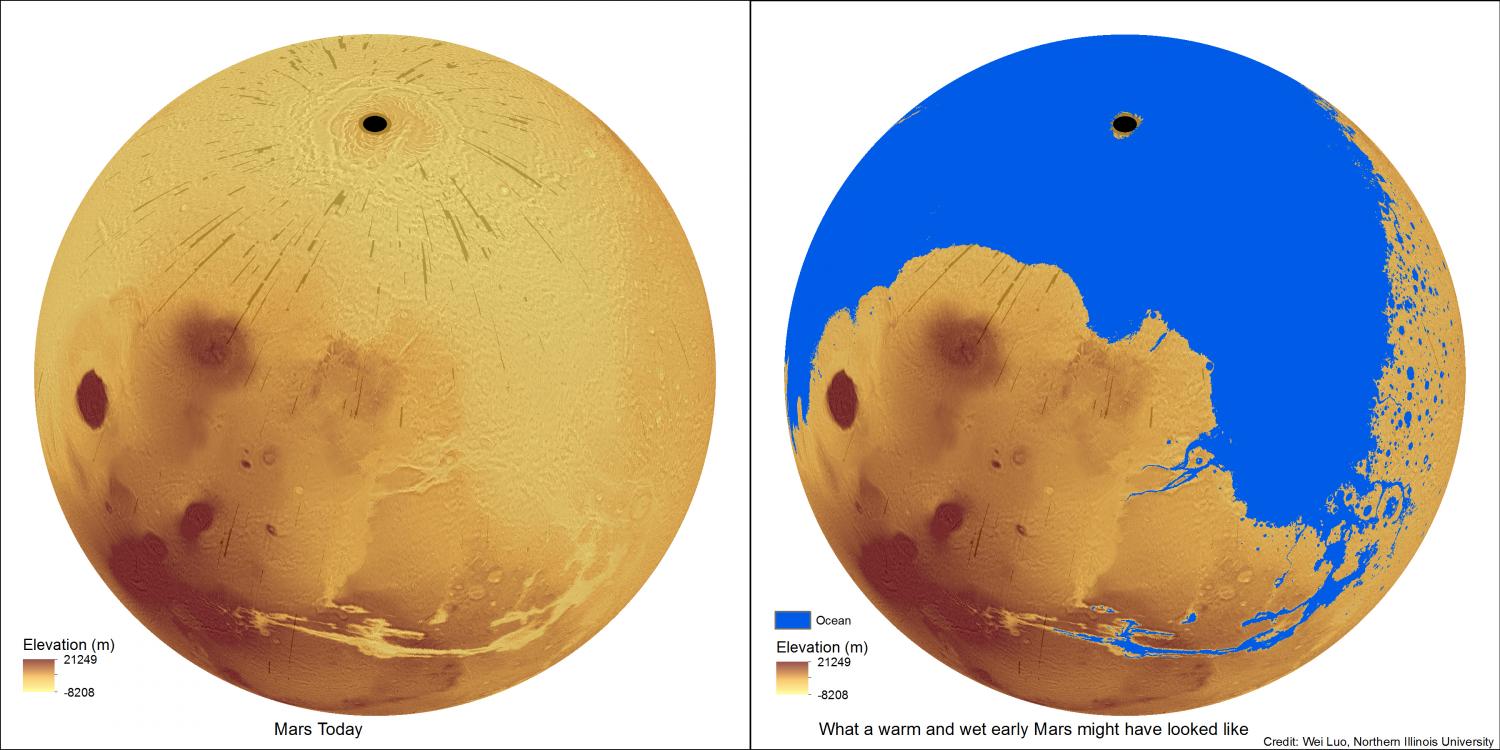
A new study led by Northern Illinois University geography professor Wei Luo calculates the amount of water needed to carve the ancient network of valleys on Mars and concludes the Red Planet’s surface was once much more watery than previously thought.
The study bolsters the idea that Mars once had a warmer climate and active hydrologic cycle, with water evaporating from an ancient ocean, returning to the surface as rainfall and eroding the planet’s extensive network of valleys.
Satellites orbiting Mars and rovers on its surface have provided scientists with convincing evidence that water helped shape the planet’s landscape billions of years ago. But questions have lingered over how much water actually flowed on the planet, and the ocean hypothesis has been hotly debated.

It has been an eventful 12 months for SpaceX. Many successful launches were interspersed with a high-profile test failure which led to the loss of the Spacecom satellite, AMOS 6, making headlines across the world, far beyond the traditional coverage of space publications. However, the launch service provider is dusting itself off and ready to go again with some hugely ambitious targets in 2017.
Mark Holmes
On September 1, 2016, at Launch Complex 40 at Cape Canaveral Air Force Station, SpaceX observed an anomaly about eight minutes in advance of a scheduled test firing of a Falcon 9 rocket. This resulted in the loss of Spacecom’s Amos 6 satellite. It was headline news around the world.

Today sees the launch of the biennial UK Space Conference, taking place at Manchester Central, from 30 May through to 1 June. This year’s conference is designed to inspire, enable and connect the UK and international space community.
The multiple plenary and parallel sessions feature informative and interactive presentations, workshops and debates covering a wide range of topics from space science through to how satellite data is being used by many industries here on Earth. The programme has been designed to provide a compelling forum to discuss the changing economic and technological landscape impacting the UK space sector.
Stuart Martin, CEO of the Satellite Applications Catapult, said: “The UK Space Conference provides an invaluable opportunity for those involved or interested in the space sector to gain up-to-date information, network with peers, establish new contacts, exchange information and improve links with government, industry, academia, customers, suppliers, and the financial community.